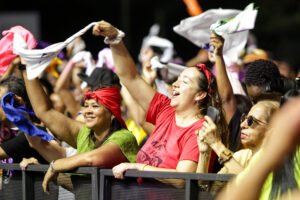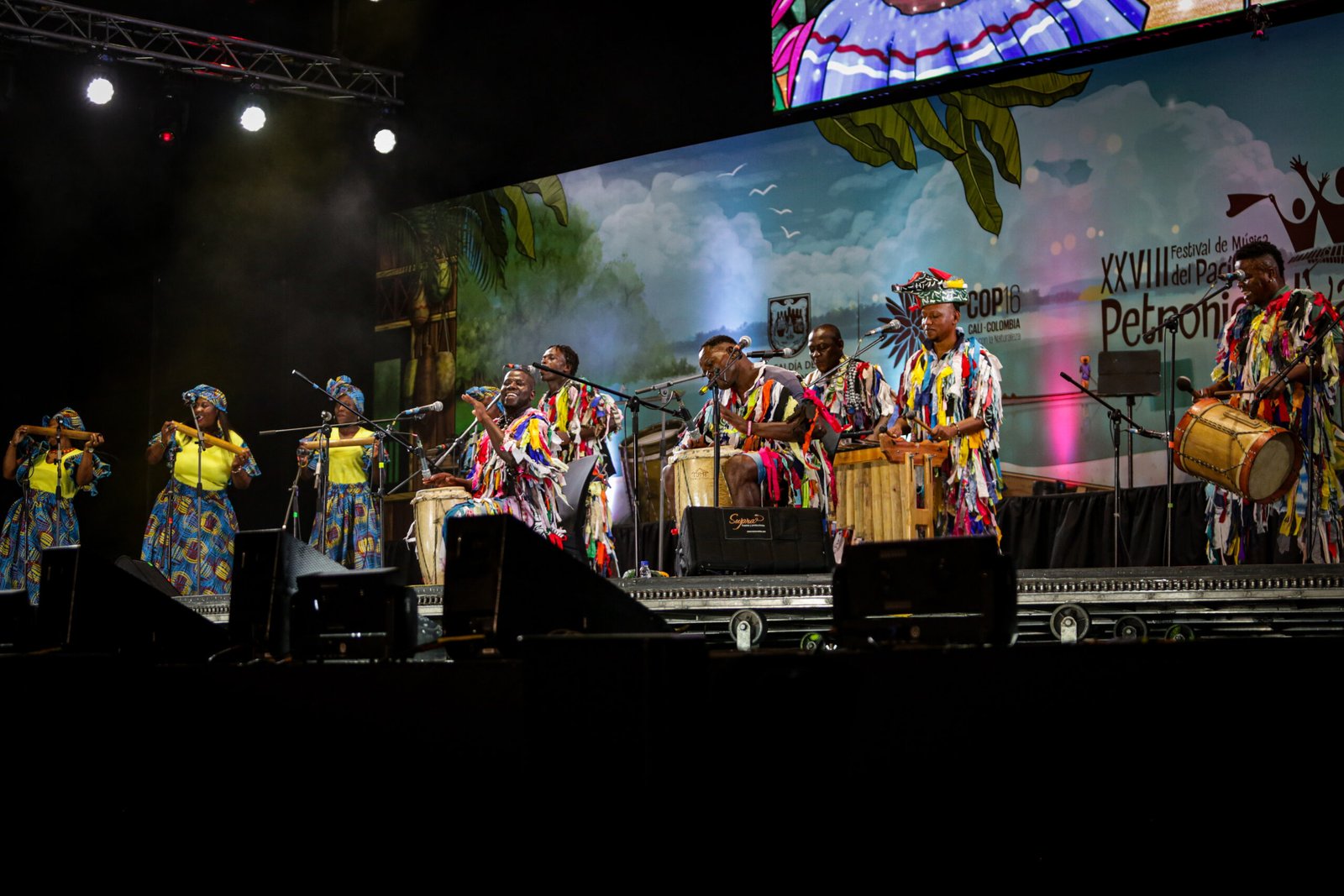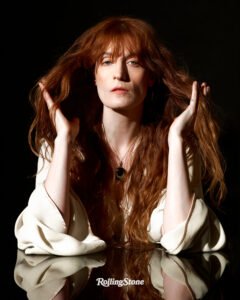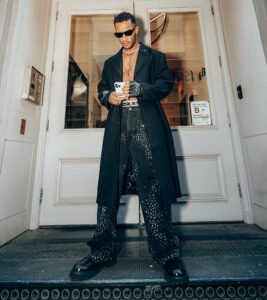From August 13 to 19, 2025, Santiago de Cali once again affirmed its place as Colombia’s cultural capital, hosting the 29th edition of the Petronio Álvarez Pacific Music Festival, the largest celebration of Afro-descendant heritage and artistry in South America.
For six unforgettable days, the Ciudadela Petronio at the Unidad Deportiva Alberto Galindo became the beating heart of Pacific identity. The air vibrated with marimbas, flutes, chirimías, violins, and ancestral chants that mingled with a riot of colors, flavors, and traditions. It was a living mosaic of music, cuisine, fashion, and storytelling, a testament to the creative resilience of Colombia’s Pacific communities.
Music Competitions: Legacy Meets Innovation
The music competition, the soul of the festival, returned stronger than ever. From the shores of Nariño to the rivers of Chocó, 52 finalist ensembles converged on Cali, bringing their regional rhythms to the grand stage. Over four electrifying nights, the festival crowned new champions across five categories, Patacoré (marimba and ancestral chants), Timbisón (flute chirimía), Chirimía Ensemble (clarinet chirimía), Mokumba (Cauca violins), and Mangle Sonoro (open category).
Individual honors also shone brightly, celebrating the best vocal interpreters and composers who continue to give voice to the stories of the Pacific.
In a powerful moment of continuity, last year’s winners, De Mar y Río, Mavichi, Cantos de Río, Chureo Callejero, and Chirimía Yaré del Río Napi, returned to the stage for a jubilant reunion. Thousands waved white handkerchiefs to the rhythm of their music, celebrating not only victory but heritage itself.
The winners were honored with the bombo golpeador, the symbolic “Grammy of the Pacific,” presented by Mayor Alejandro Eder and Culture Secretary Leydi Higidio in front of an exuberant crowd that danced, cheered, and celebrated the spirit of the region.
International Guests & Unforgettable Moments
Petronio XXIX expanded its horizons with world-class performances and global collaborations. From Angola, Pongo set the stage ablaze with her electrifying energy, proving that music truly transcends borders. Her performance with the all-star ensemble Pacifican Power, featuring some of Colombia’s most acclaimed musicians, hinted at future collaborations between the Pacific and the African continent.
A deeply emotional highlight came on August 18, when the festival paid tribute to Nidia Góngora, the beloved singer, songwriter, and cultural guardian from Timbiquí. Joined by Canalón de Timbiquí and Quantic, she revisited her musical journey and shared songs from her latest album, Pacífico Maravilla, to thunderous applause.
The festival’s grand finale was a euphoric celebration led by Rancho Aparte, whose blend of rhythm, humor, and cultural pride ignited the crowd. Their renditions of Chocoan chirimía classics and tributes to Grupo Saboreo closed the week with contagious joy and communal pride.
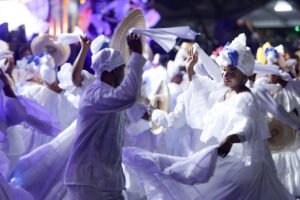
Beyond Music: A Festival for All the Senses
Petronio Álvarez is not only heard, it is tasted, touched, seen, and felt. Over 200 tradition bearers transformed the festival grounds into a living archive of Pacific knowledge and artistry.
The Flavors of the Pacific
At the Maura de Caldas Pavilion of Traditional Kitchens, aromas of encocados, coconut rice, seafood stews, and rooftop herbs filled the air. The region’s most respected cooks, mostly women who safeguard ancestral recipes, offered both traditional dishes and innovative creations, showing that Pacific cuisine continues to evolve without losing its soul.
Nearby, the Ancestral Beverages Pavilion celebrated drinks that carry both history and spirituality. Visitors sampled viche, cursio, tomaseca, and other homemade brews while learning about the rituals, medicinal uses, and community traditions behind each one.
Fashion, Crafts & Cultural Identity
Fashion and design also took center stage. Artisans presented handwoven textiles, turbans, braids, jewelry, and accessories inspired by nature and identity. Each piece told a story, of heritage, resistance, and pride. Models and designers highlighted how Afro-Pacific aesthetics continue to influence both local and international fashion.
Knowledge & Dialogue
The Germán Patiño Ossa Pedagogical Quilombo provided a vital space for reflection. Scholars, community leaders, and artists gathered for dialogues on cultural memory, environmental sustainability, gender, and identity. These conversations turned the festival into a laboratory of ideas, proving that Petronio is not only about celebration but also consciousness and empowerment.
In keeping with its mission of sustainability, this edition was recognized as the most environmentally responsible Petronio to date. Thousands of visitors participated in ecological education initiatives, and waste reduction campaigns minimized the festival’s environmental impact.
A Festival for the People
The 2025 edition of Petronio Álvarez reached unprecedented participation, bringing together more than 2,000 artists, 52 finalist groups, and over 800,000 attendees from across Colombia and the diaspora. Public transport routes operated late into the night, ensuring that everyone, locals and visitors alike, could safely join the celebration.
The festival reaffirmed Cali’s place not just as a capital of salsa, but as La Casa Grande del Pacífico, the spiritual home of Afro-Pacific culture. It was a week where communities came together in rhythm, food, and joy, a space where tradition danced with the future.
Looking Ahead: Petronio Turns 30
As the final notes faded, the city began looking ahead to Petronio Álvarez’s 30th anniversary in 2026 , a milestone expected to be the most ambitious and emotional yet. Plans are already underway for a grand tribute to the masters, tradition bearers, and global diaspora who continue to keep the Pacific’s heart beating strong.
If there is one thing that the 29th edition made clear, it’s that in Cali, August is not just a month, it’s Petronio.
